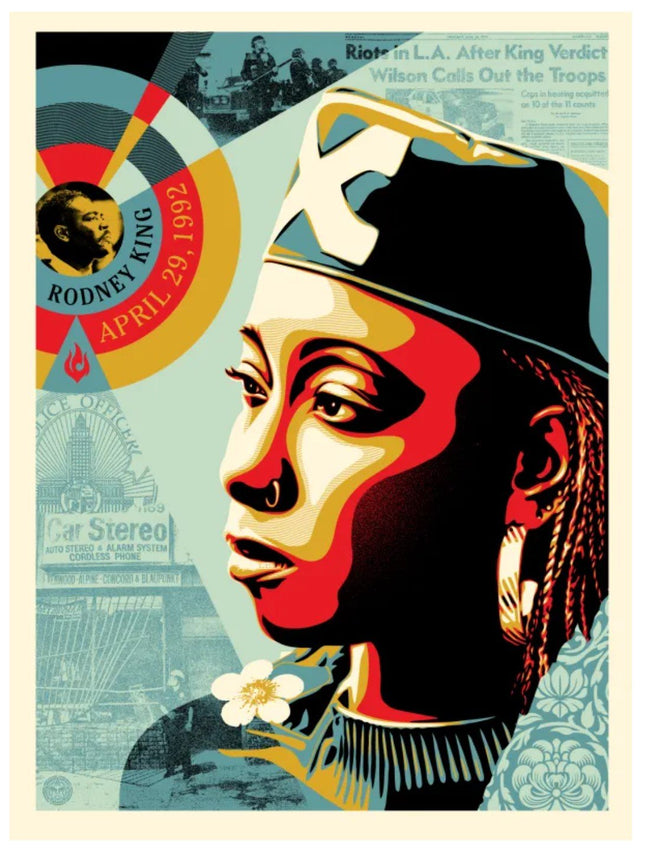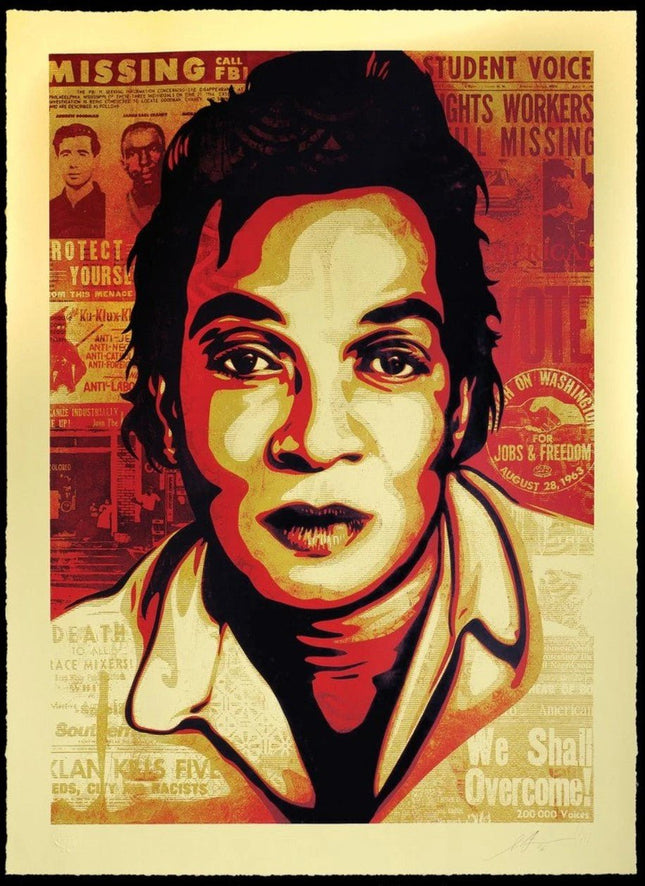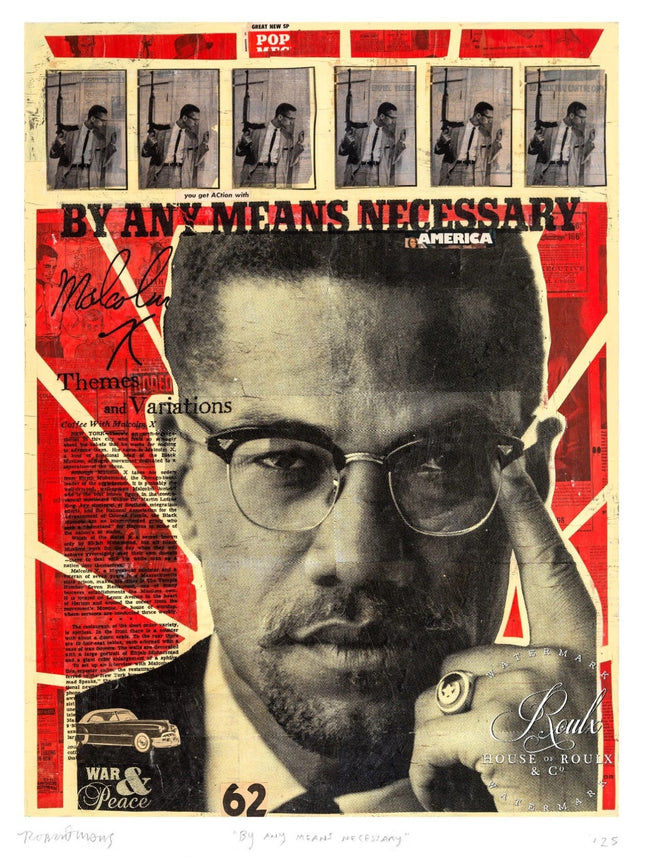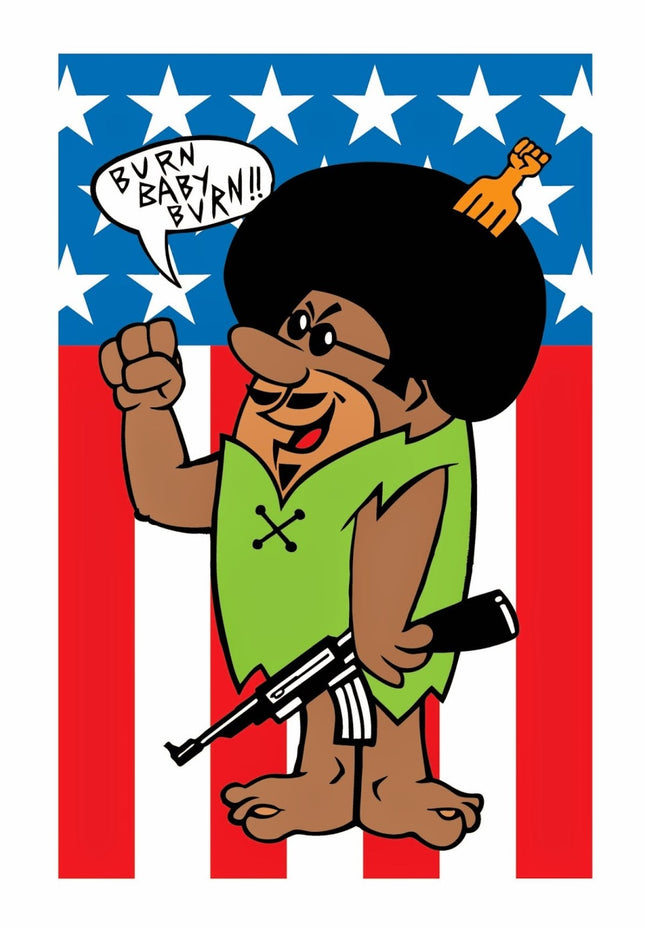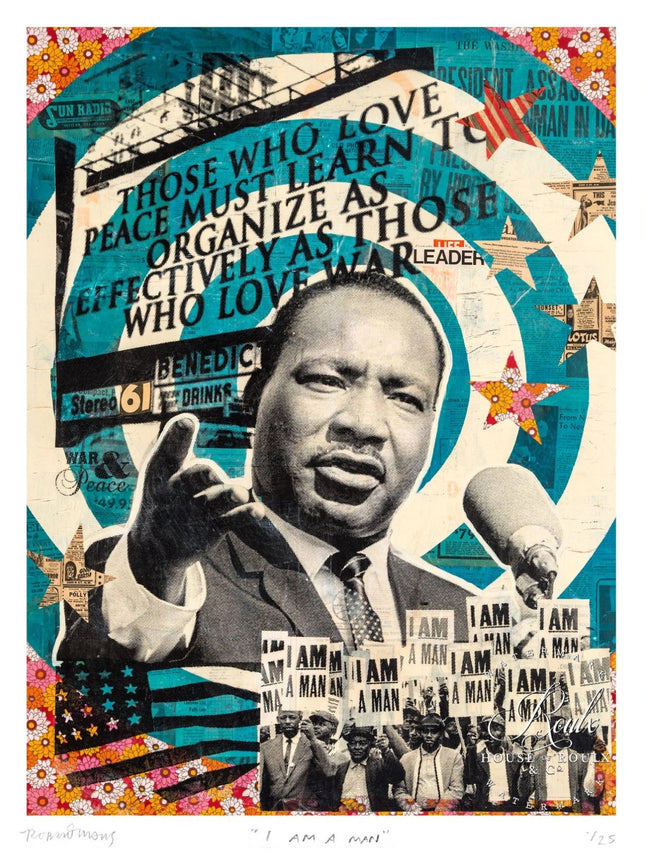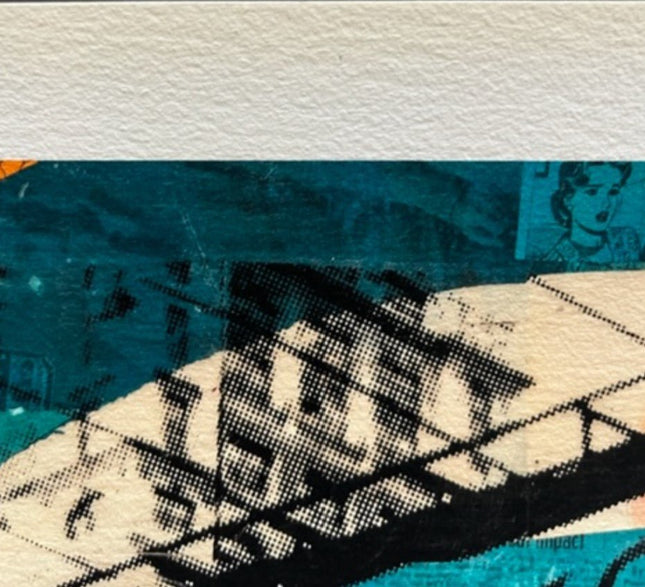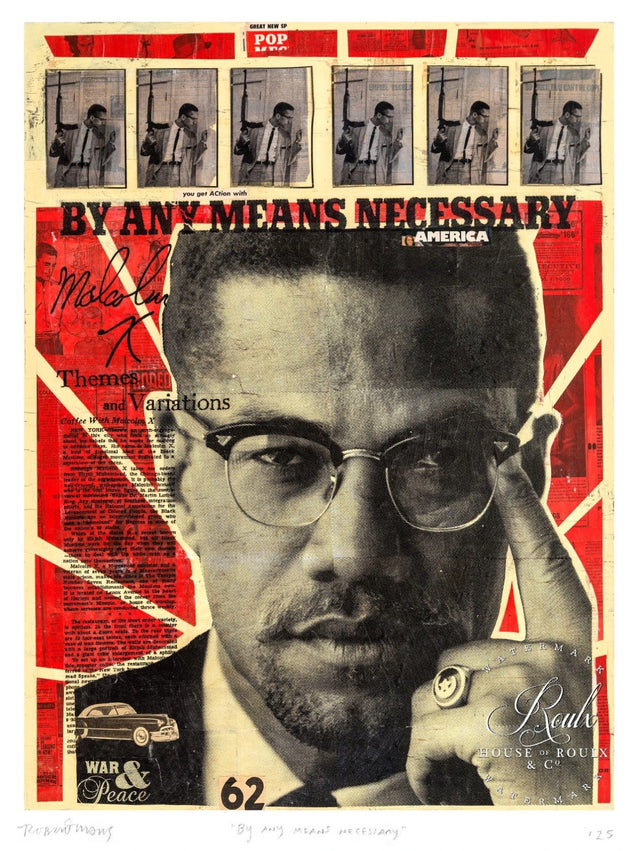
African American culture and identity. In graffiti art, African Americans are often depicted as powerful and heroic figures, while in pop art they are portrayed in a more humorous and ironic way. In graffiti art, African American culture is often celebrated through the use of bold colors and imagery. Graffiti artists have used their art to promote social justice and racial equality, often depicting African American leaders like Martin Luther King Jr. and Malcolm X as symbols of strength and resilience. Additionally, graffiti art has been used to highlight the challenges faced by African Americans, such as police brutality and systemic racism. Many graffiti artists use their art to draw attention to these issues and call for change. In pop art, African Americans are often portrayed in a more satirical and humorous way. Pop artists like Andy Warhol and Roy Lichtenstein used African American cultural references, such as images of black athletes and musicians, as a way to comment on popular culture and consumerism. However, some pop artists also used their art to critique the ways in which African Americans were portrayed in mainstream media, challenging negative stereotypes and promoting positive images of black culture. In addition to celebrating African American culture and identity, graffiti art has also been used to address social issues that disproportionately affect the black community. For example, some graffiti artists have used their art to call attention to the school-to-prison pipeline, which refers to the practice of funneling students, particularly students of color, out of the public school system and into the criminal justice system. Graffiti art has also been used to address issues such as gentrification, poverty, and access to healthcare. Pop art has also been used to address social issues affecting the black community. Pop artists like Keith Haring and Jean-Michel Basquiat used their art to critique the racial inequality and social injustice they saw around them. Basquiat, in particular, used his art to highlight the ways in which black culture had been appropriated by white artists and popular culture. Both graffiti art and pop art have also been used as a way for African American artists to claim their place in the art world. Historically, black artists have faced barriers to entry in the art world, with many struggling to find representation and recognition for their work. Graffiti art and pop art have provided alternative avenues for African American artists to express themselves and gain visibility. In recent years, African American artists have continued to use graffiti art and pop art as a way to explore and express their identities and experiences. This has led to a vibrant and diverse body of work that continues to challenge and inspire audiences around the world.

